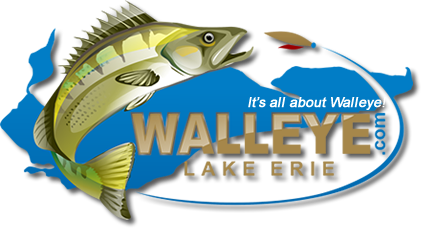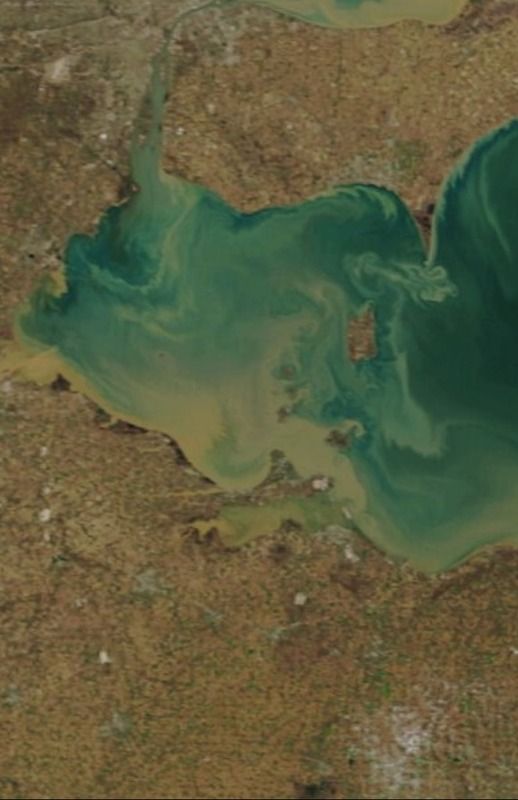 Thanks: 0
Thanks: 0
 Likes: 0
Likes: 0
Results 11 to 14 of 14
Thread: Clean water fishing areas
-
04-08-2017, 06:31 AM #11
-
04-08-2017, 09:02 AM #12

It is generally understood (not really scientific) that during the spawning runs the walleye are not usually feeding. When they are off the actual spawn area, they will feed, such as catching them on Lake Erie trolling this time of year around the reefs. In the real murky or muddy water, when actually in spawning or looking to spawn, they are most likely not in predation mode. In the rivers this time of year (spring) the water is almost always muddy or at best 5-8 inches of visibility. Usually it's less the 3-4 inches. Basically you have to drop the jig right in front of the fish in order to cause a "reactionary" strike. With so many fish in the river, thousands in any one stretch, it's not real hard to get a floating jig in front of a walleye's head (if you know what you are doing). In the "old" days before the use of the floating jig system, most river walleye were snagged with lead head jigs. Few were actually caught. The floating jigs enable the jig to be put in front of the walleye for a few seconds which can cause a strike, even in the real muddy water. On the Lake Erie reefs it's probably the same. When the water is all muddied up like it is now you'll have to drop that lead hair jig right in front of the walleye. When the water is clearer the fish can see the lure from a longer distance and you can get more strikes. Since the fish are usually not actively looking for prey, they probably don't pay much attention to their other senses that can detect prey, so most likely they will ignore a signal of potential prey that is out of sight.
This is all generally speaking, there are exceptions, so please no comments about how walleye do feed on the spawn. They do. Most likely it's just not their main focus.
-
04-08-2017, 01:34 PM #13
-
04-08-2017, 05:41 PM #14

went to metzgers pier and you can see a mudline and boats fishing in cleaner water counted 8 boats at 5 pm. went to maumee bay saw a mud line and a pack of boats at least 15 with a few charters more toward the mich line fishing in cleaner water. was told the humps between little cedar point and lighthouse was producing fish seen 5 or 6 boats there. the water has settled down a lot and its cleaner with mudlines visable. i now think its on starting tomorrow any jigs will be available only after fishing or on windy or stormy days so leave a message ill call you back when we get home
-
Similar Threads
-
Clean water??
By Gerry D in forum Western Lake Erie Fishing REPORTSReplies: 2Last Post: 06-19-2015, 06:14 PM -
Clean water?
By Redeyedrooster in forum Western Lake Erie Fishing REPORTSReplies: 1Last Post: 05-03-2014, 12:15 AM -
Clean water
By spoontang in forum Western Lake Erie Fishing REPORTSReplies: 3Last Post: 05-16-2011, 07:59 PM -
Clean water
By RUSS in forum Western Lake Erie Fishing REPORTSReplies: 0Last Post: 05-01-2011, 08:19 PM -
Clean water
By LOWE LIFE in forum Western Lake Erie Fishing REPORTSReplies: 0Last Post: 04-13-2010, 09:21 AM









 Reply With Quote
Reply With Quote


Thanks Capt Sam for those great...
Sept 1 thru present report